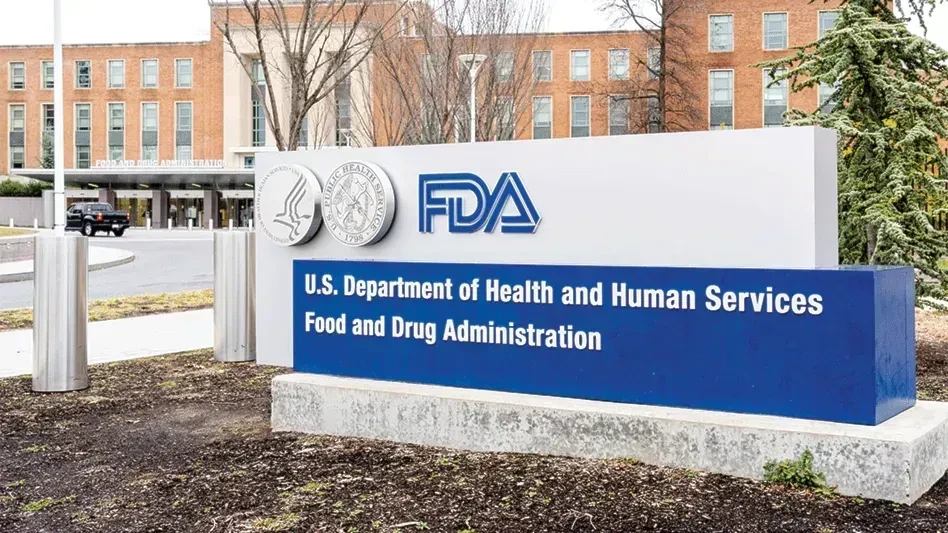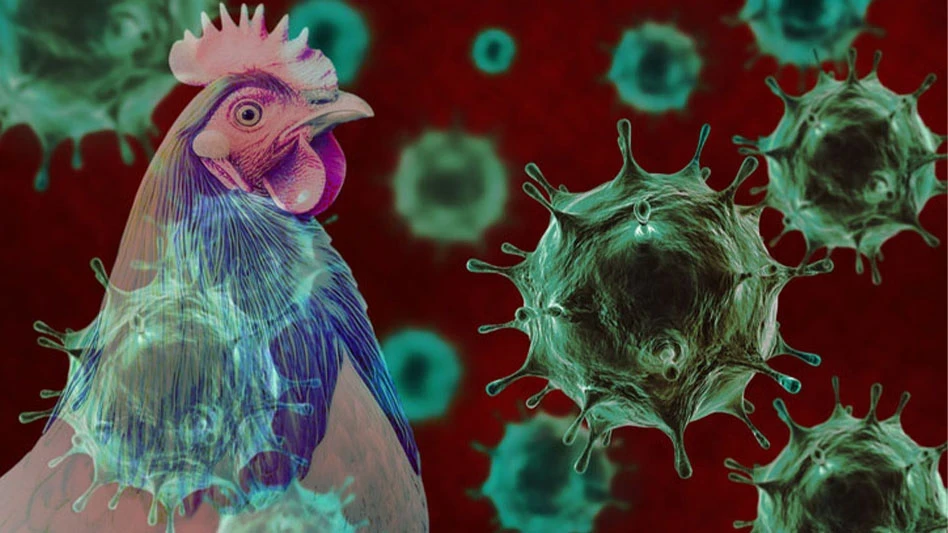
The FDA is revoking the authorization for the use of FD&C Red No. 3 as a matter of law, based on the Delaney Clause of the Federal Food, Drug, and Cosmetic Act (FD&C Act), the agency announced on Jan. 15. The FDA is amending its color additive regulations to no longer allow for the use of Red No. 3 in food and ingested drugs in response to a 2022 color additive petition.
The petition requested the agency review whether the Delaney Clause applied and cited, among other data and information, two studies that showed cancer in laboratory male rats exposed to high levels of Red No. 3 due to a rat specific hormonal mechanism. The way that Red No. 3 causes cancer in male rats does not occur in humans, said FDA. Relevant exposure levels to Red No. 3 for humans are typically much lower than those that cause the effects shown in male rats, the agency said. Studies in other animals and in humans did not show these effects; claims that the use of Red No. 3 in food and in ingested drugs puts people at risk are not supported by the available scientific information, reported FDA.
The Delaney Clause, enacted in 1960 as part of the Color Additives Amendment to the FD&C Act, prohibits FDA authorization of a food additive or color additive if it has been found to induce cancer in humans or animals. This is not the first time the agency revoked an authorization based on the Delaney Clause. For example, in 2018, the FDA revoked the authorization for certain synthetic flavors based on the Delaney Clause in response to a food additive petition.
FD&C Red No. 3 is a synthetic food dye that gives foods and drinks a bright, cherry-red color. The FDA estimates that Red No. 3 is not as widely used in food and drugs when compared to other certified colors based on information available in third-party food product labeling databases, food manufacturers’ websites and other public information, and the FDA’s certification data. Red No. 3 has been primarily used in certain food products, such as candy, cakes and cupcakes, cookies, frozen desserts, and frostings and icings, as well as certain ingested drugs.
Manufacturers who use Red No. 3 in food and ingested drugs will have until Jan. 15, 2027, or Jan. 18, 2028, respectively, to reformulate their products. Other countries still currently allow for certain uses of Red No. 3 (called erythrosine in other countries). However, foods imported to the U.S. must comply with U.S. requirements.
Latest from Quality Assurance & Food Safety
- Seeding The Future Global Food System Challenge Finalists Revealed
- TraceGains Launches AI-Powered Intelligent Document Processing to Improve Ingredient Safety, Compliance
- IFT Virtual Workshop on Food Fraud Prevention to Address Supply Chain Disruptions
- Penn State Course Covers Fundamentals of Food Science
- Joint FAO/WHO Expert Committee on Food Additives Seeks Experts
- FDA Reschedules Webinar on Updated ‘Healthy’ Claim
- Thousands More Laid Off at FDA, CDC in HHS Restructuring
- USDA Extends Deadline on Request for Information for Poultry Quality Standards





